In modern mechanical transmission systems, the role of the clutch assembly is not just simple power engagement and separation, but also related to the efficiency and reliability of the entire transmission chain. The reason why the 430 push clutch assembly can stand out from similar products is that its design philosophy is based on a deep understanding of the essence of mechanics. Engineers did not rely on the traditional "increasing material usage" or "strengthening structural dimensions" to improve performance, but rethought the force transmission path and optimized the geometry of each contact surface, so that each Newton of force can be accurately applied to the key position, and finally achieved a torque transmission capacity beyond expectations in a compact shape.
The design of the 430 push clutch assembly is first reflected in the precise control of the force transmission path. Traditional clutches often rely on large clamping forces and heavy structures to ensure full engagement of the friction plate and the pressure plate, but this design is prone to energy loss and operating fatigue. The 430 push clutch assembly uses a more precise lever ratio calculation, so that the operating force of the push mechanism is efficiently converted into positive pressure on the pressure plate, reducing ineffective work. The contact process between the pressure plate and the friction plate is no longer a simple rigid extrusion, but is decomposed into a series of controllable mechanical events - from the progressive force at the initial contact to the uniform pressure distribution at full engagement. The whole process not only ensures efficient torque transmission, but also avoids abnormal wear caused by local stress concentration.
In terms of contact surface geometry optimization, the 430 push clutch assembly demonstrates extremely high engineering wisdom. The surface of the friction plate is not a simple plane design, but a combination of micro-texture and material properties to ensure uniform oil film distribution during the engagement process, reduce the risk of slipping, and reduce the thermal decay effect. The contact surface of the pressure plate is also precision-machined, so that it can maintain a stable friction coefficient after long-term use, rather than gradually reducing efficiency due to changes in surface roughness like traditional designs. This fine control of the contact surface makes power transmission more linear, reduces frustration, and improves the smoothness of driving or operation.
In addition, the breakthrough in the compactness of the 430 push clutch assembly is also worth noting. If traditional clutches want to increase torque capacity, they often need to increase the pressure plate diameter or adopt a multi-plate design, but this will lead to an increase in overall size and weight, which will affect installation adaptability and system inertia. The 430 push-type clutch assembly optimizes the distribution of force so that a smaller pressure plate area can also bear higher torque requirements. This design not only reduces space occupancy, but also reduces the inertia of rotating parts, making the power response faster, especially suitable for applications that are sensitive to space and weight.
Improved durability and reliability are also important advantages of the 430 push-type clutch assembly. Because the force transmission path is precisely calculated, the stress of each component during long-term operation is more uniform, avoiding early failure caused by local overload. The selection of friction materials and the optimization of heat treatment processes further extend the service life, ensuring that the clutch can maintain stable performance even under frequent high-load conditions. This reliability does not rely on excessive redundant design, but comes from the precise prediction and control of mechanical behavior, so that the entire system can still maintain performance close to the initial state after long-term operation.
The success of the 430 push-type clutch assembly is essentially a transcendence of traditional design thinking. It proves that in the field of mechanical engineering, real progress does not always come from larger structures or more expensive materials, but can come from a deep understanding and innovative application of basic mechanics. By re-examining the way force is transmitted, optimizing contact geometry, and balancing structural compactness with performance requirements, this product has achieved a significant improvement in torque transmission efficiency at almost no additional cost. This design philosophy driven by scientific thinking not only provides a new direction for the development of clutch technology, but also sets a model for the optimization of the entire transmission system.
 English
English русский
русский
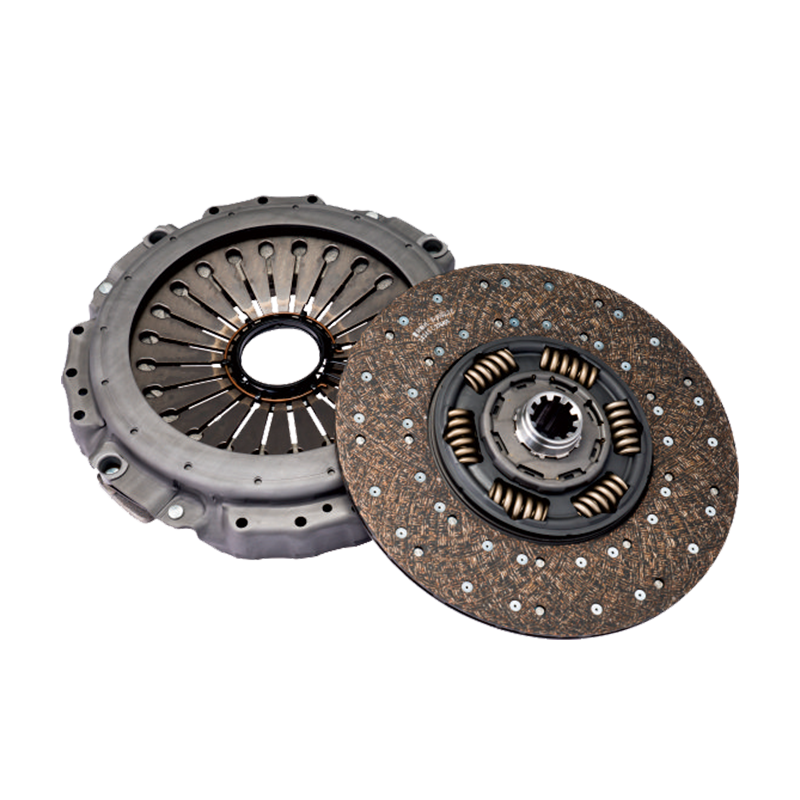
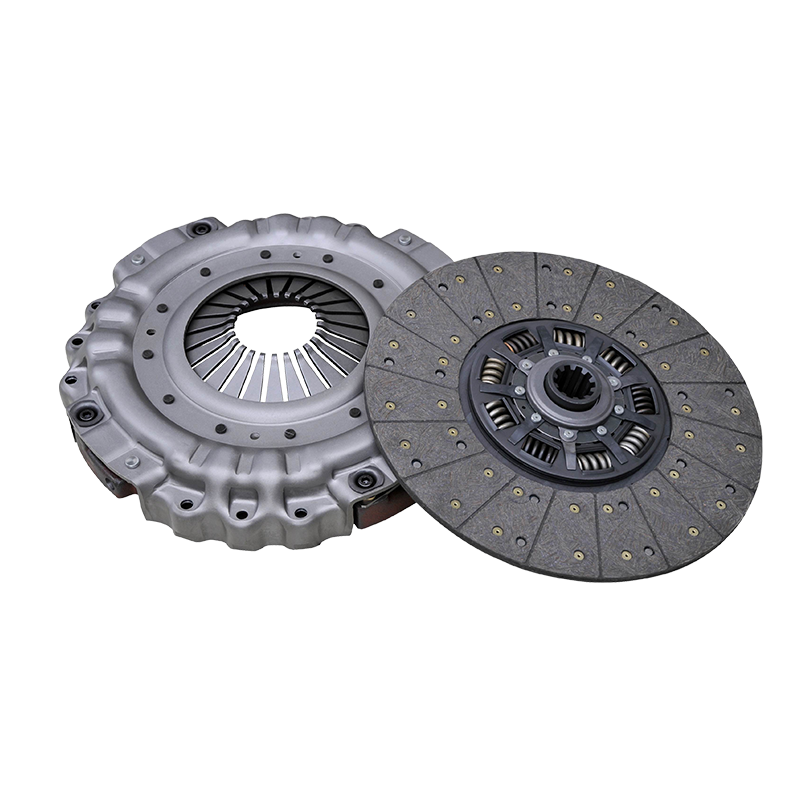
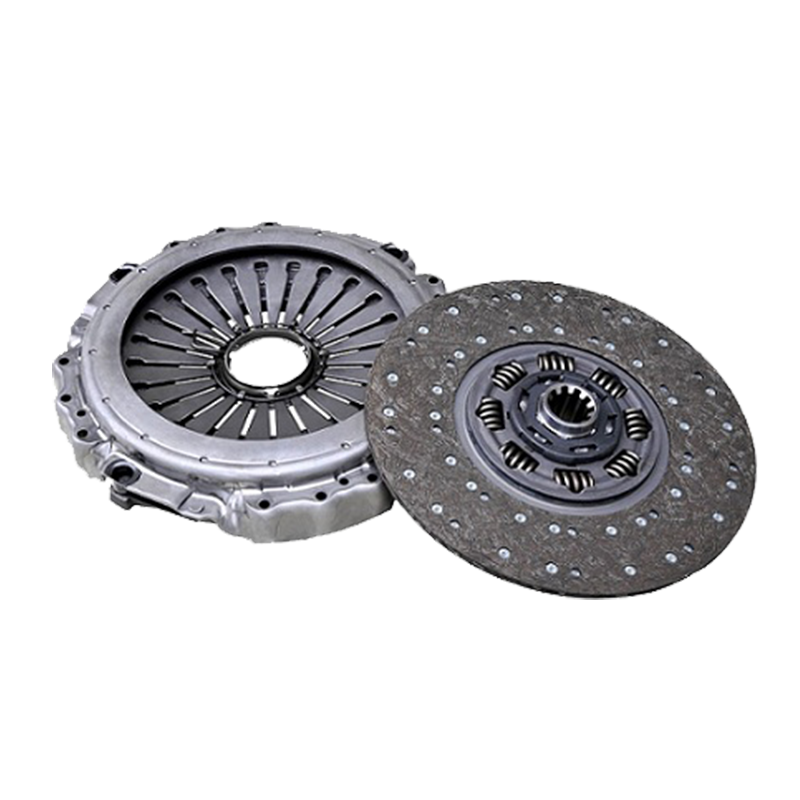
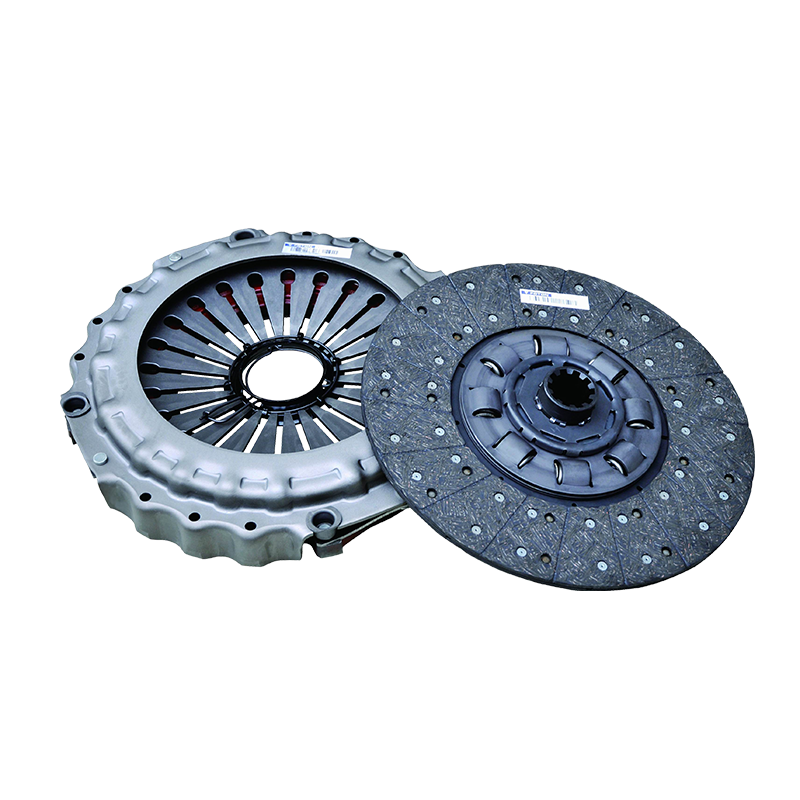
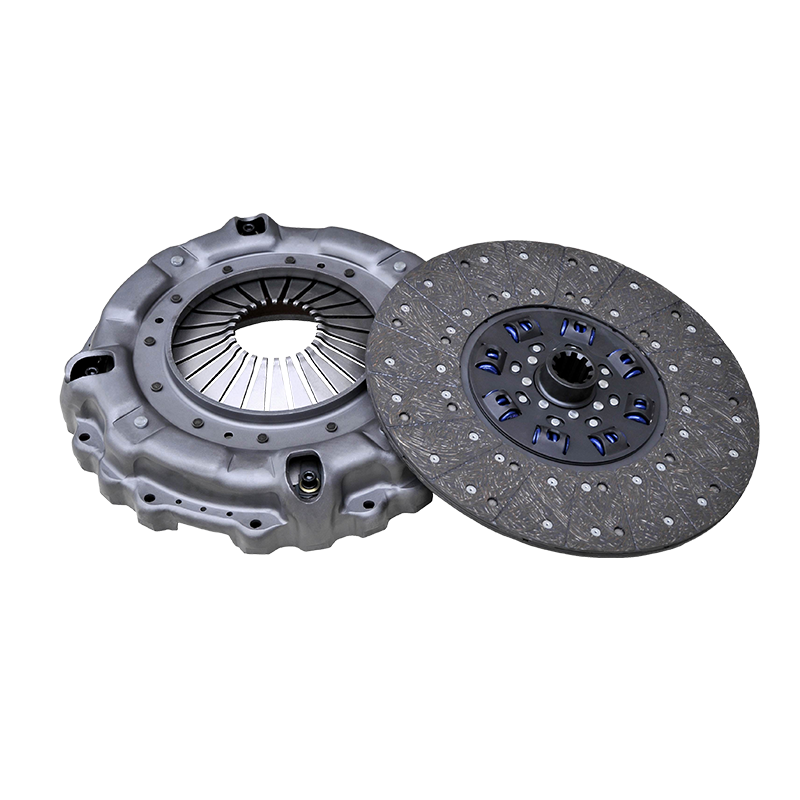
 English
English  No.25, Hu Chuang Road, New District Industrial Park, Suzhou, Jiangsu, China.
No.25, Hu Chuang Road, New District Industrial Park, Suzhou, Jiangsu, China.  +86-13338663262
+86-13338663262 
